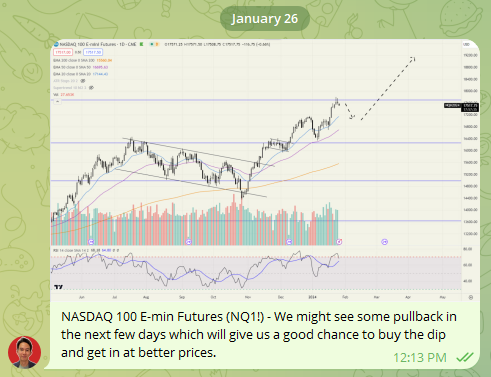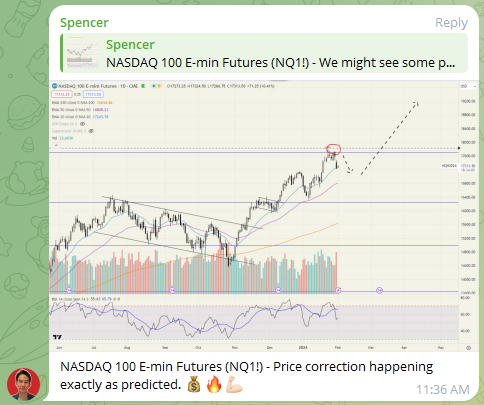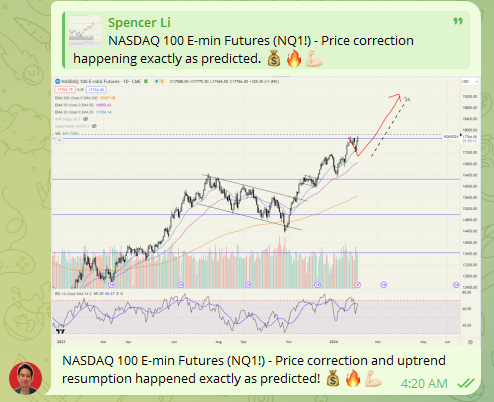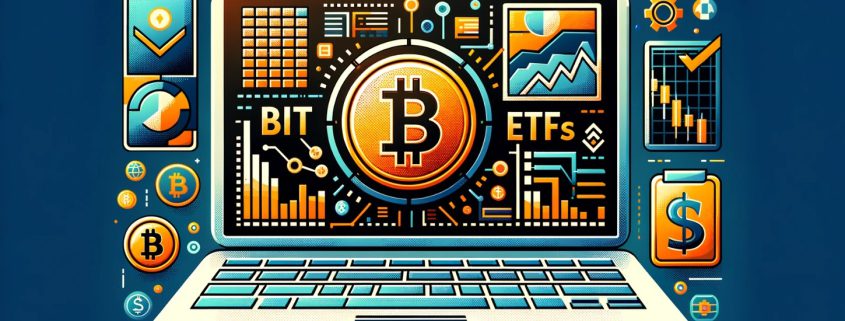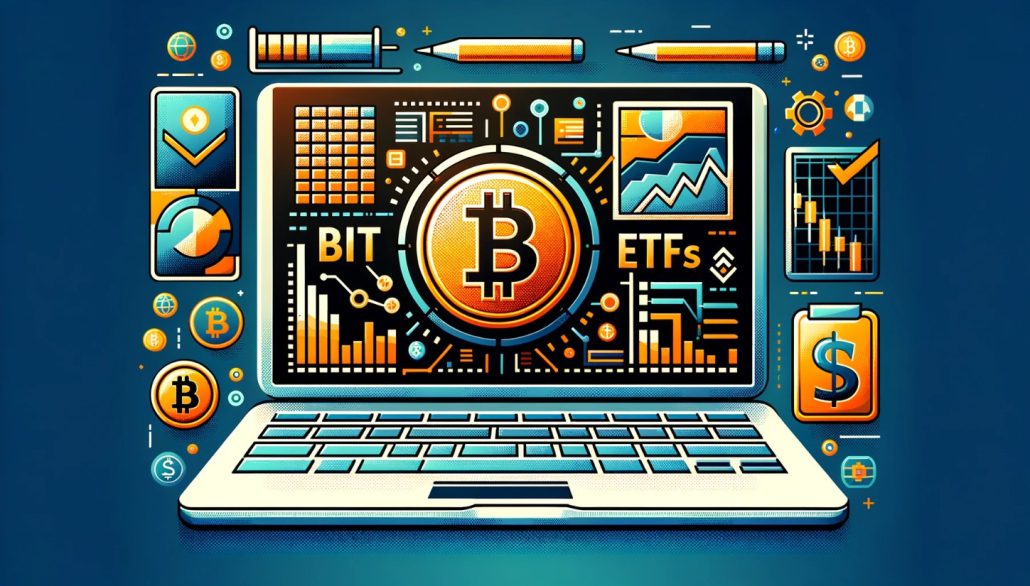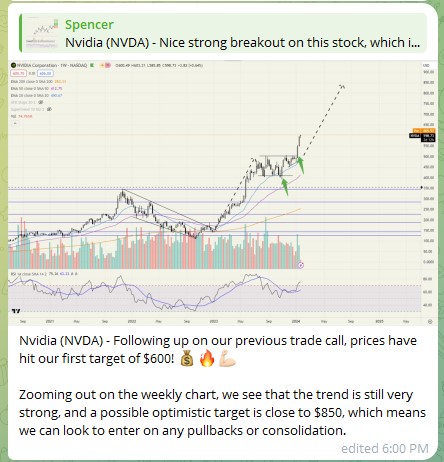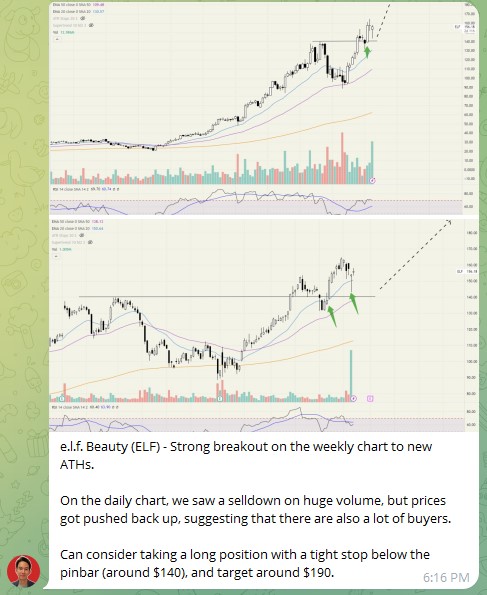In recent times, the quest for sustainable and clean energy sources has taken center stage in global conversations, as nations grapple with the urgent need to reduce carbon emissions and combat climate change. Amidst this backdrop, uranium, the powerhouse behind nuclear energy, has surged into the spotlight, not just for its role in energy production but also for its significant impact on financial markets.
The recent rally in uranium stocks, sparked by a notable production cut from Kazatomprom, the world’s leading uranium producer, underscores a pivotal moment for both the energy sector and investors worldwide. This development has propelled uranium miners to the top of the performance charts, igniting interest among investors and raising critical questions about the future of energy, the intricacies of supply and demand, and the environmental implications of nuclear power.
In this blog post, as we delve into the world of uranium and its stocks, we explore not only the economic dynamics at play but also the broader significance of this moment for our planet’s energy future.
Table of Contents
Production Cut Drives Market Rally
The announcement by Kazatomprom, the leading name in uranium production globally, regarding its decision to cut production forecasts for the year by 12% to 14%, has indeed sent ripples through the uranium market and beyond.
This strategic move, reported from its headquarters under Kazakhstan’s government’s oversight, marks a significant pivot from the company’s previously set goals.
The decision is rooted in a sobering acknowledgment made earlier in January, where the firm candidly projected potential deficits in its production output over the next few years.
The Impact on the Market
Kazatomprom’s announcement has not only spotlighted the firm’s production strategies but also underscored the fragile equilibrium within the global uranium supply chain.
This reduction in output is particularly poignant, considering the company’s stature as a dominant player in the uranium sector, responsible for a substantial portion of the world’s uranium supply.
The decision to curtail production is not taken lightly, given the critical role uranium plays in nuclear energy generation worldwide.
Implications for Uranium Miners
The ripple effects of this production cut were immediately felt across global markets, with uranium mining stocks riding a wave of bullish sentiment. Companies such as Paladin Energy Ltd. and Boss Energy Ltd., among others, witnessed notable increases in their stock prices.
This positive market response underscores the interconnectedness of global uranium supply dynamics and the investment community’s sensitivity to shifts in production forecasts by major producers like Kazatomprom.
Behind the Production Cut
Several factors contribute to Kazatomprom’s decision to reduce its production outlook. These include operational challenges, geopolitical considerations, and a strategic approach to managing supply in a market that has seen fluctuating demand and prices over recent years.
The production cut could be seen as a measure to stabilize or potentially increase uranium prices by tightening supply, a tactic that can benefit producers in the long term by creating a more favorable market environment.
Market Response and Future Outlook
The market’s bullish reaction to the production cut reflects a broader trend of increasing interest in nuclear energy as a clean, reliable source of power amidst global decarbonization efforts.
As countries seek to diversify their energy mix away from fossil fuels, the demand for uranium is expected to grow, further influenced by geopolitical factors and the push for energy security.
This scenario places Kazatomprom and other uranium producers in a critical position to influence market dynamics.
The decision to cut production, while addressing short-term operational and market challenges, also raises questions about the long-term supply of uranium and the industry’s capacity to meet rising global demand.
Global Uranium Market Dynamics
The global uranium market is currently experiencing a significant transformation, influenced by a series of supply disruptions and a renewed interest in nuclear energy as a cornerstone for achieving decarbonization goals.
This complex interplay of factors is reshaping the uranium industry, affecting prices, production strategies, and long-term planning for both producers and consumers of this critical energy resource.
Supply Disruptions and Their Impact
A notable event that has significantly impacted the uranium supply chain was the coup in Niger, a key uranium-producing country. This political instability led to disruptions in uranium shipments, contributing to a tightening of the global uranium supply.
Niger has been one of the world’s top uranium producers, and any interruption in its output can have far-reaching effects on the global market. Such geopolitical events underscore the vulnerabilities of the uranium supply chain and highlight the strategic importance of diversifying uranium sources.
These disruptions have contributed to pushing spot uranium prices to their highest levels in 15 years. The increase in prices reflects not only the immediate impact of supply shortages but also the market’s anticipation of future supply challenges.
As the availability of uranium becomes more constrained, utilities and other end-users are likely to face higher costs for nuclear fuel, prompting a reevaluation of energy sourcing strategies and investment in nuclear infrastructure.
Resurgence of Global Interest in Nuclear Energy
Parallel to these supply-side challenges is a growing global interest in nuclear energy. This resurgence is largely driven by the urgent need for decarbonization and the pursuit of net-zero emissions targets by countries around the world.
Nuclear power, with its ability to provide reliable, low-carbon energy, is increasingly seen as a vital component of the energy mix needed to achieve these ambitious climate goals.
The shift towards nuclear energy is supported by advancements in reactor technology, including the development of small modular reactors (SMRs) and other innovative nuclear power systems.
These technologies promise to offer more flexible, cost-effective, and safer nuclear power solutions, making nuclear energy more accessible and appealing to a broader range of countries and markets.
Implications for the Uranium Market
The confluence of supply disruptions and heightened demand for nuclear power has significant implications for the uranium market. On one hand, the current supply constraints and rising uranium prices may incentivize increased production and exploration activities, as uranium miners seek to capitalize on favorable market conditions. On the other hand, the long lead times associated with bringing new uranium mines online and the complexities of navigating geopolitical and environmental considerations mean that addressing supply shortfalls will not be immediate.
Furthermore, the evolving dynamics of the uranium market present strategic considerations for energy policy and planning. Countries investing in nuclear energy must weigh the security of uranium supply against the backdrop of geopolitical uncertainties and market volatility. This may lead to greater emphasis on strategic uranium reserves, long-term contracting, and investments in domestic or geopolitically stable uranium sources.
Uranium Stocks & ETFs Highlights
The reaction of the stock market to Kazatomprom’s announcement of a production cut provides a clear illustration of how significant news from a leading player in the uranium industry can influence investor sentiment and stock valuations across the sector.
The details surrounding the performance of specific uranium mining companies post-announcement are particularly telling of the market’s bullish outlook on uranium as a vital component of the future energy mix.
The response from investors underscores the growing recognition of uranium’s critical role in the future energy landscape, especially as the world seeks sustainable and reliable energy sources to meet increasing demand and environmental goals.
Global X Uranium ETF (URA)
The Global X Uranium ETF, which tracks the performance of the uranium mining industry, reached its highest level since 2014 following the announcement.
This ETF is a composite reflection of the sector’s overall performance, and its ascent to a multi-year high is a clear testament to the sector’s strong momentum and investor optimism.
The ETF’s performance is particularly noteworthy as it encapsulates the investment community’s bullish outlook on the uranium market, driven by expectations of increased demand for nuclear energy and the potential for higher uranium prices in the face of supply constraints.
CGN Mining Co. (Hong Kong)
This company, listed on the Hong Kong Stock Exchange, experienced significant gains following the announcement.
CGN Mining Co. is a major player in the uranium sector, and its positive performance reflects investor confidence in its strategic positioning and future growth prospects amid tightening global uranium supplies.
The company’s stock performance is indicative of the broader market sentiment that views uranium mining companies as pivotal to ensuring the stability and growth of nuclear energy production.
Cameco Corp. (New York)
Cameco Corp., one of the largest global providers of uranium, also saw its shares rise substantially in the aftermath of Kazatomprom’s announcement.
Listed on the New York Stock Exchange, Cameco’s positive market performance can be attributed to its strategic importance in the uranium supply chain and the anticipation of higher uranium prices benefiting its operations and profitability.
The company’s significant role in supplying uranium to nuclear power plants worldwide makes its stock highly responsive to changes in market dynamics related to uranium production and prices.
Paladin Energy Ltd (Australia)
Paladin Energy Ltd., a well-established name in the uranium mining industry with significant operations, experienced a notable jump in its share price, climbing by up to 7.4% in Sydney.
This movement reflects investor confidence in Paladin’s operational stability and potential growth prospects amidst tightening global uranium supply.
The company’s strategic positioning and operational efficiency likely contributed to its positive reception among investors, anticipating that a reduced supply from Kazatomprom could enhance Paladin’s market standing and profitability.
Boss Energy Ltd (Australia)
Similarly, Boss Energy Ltd. saw its stock value increase by 8.1%, a substantial gain that underscores the company’s strong market perception and the anticipated benefits of a constrained uranium supply on its operations.
As a player in the uranium sector, Boss Energy’s projects and development plans are likely viewed as well-positioned to capitalize on the evolving market dynamics, including increased prices and demand for uranium.
Deep Yellow Ltd (Australia)
Deep Yellow Ltd., with its diversified portfolio of projects in Australia and Namibia, stood out with an impressive stock price surge of over 18%.
This significant increase highlights the investor enthusiasm for companies with a solid developmental pipeline and exposure to uranium resources outside of Kazakhstan, suggesting a strategic advantage in a market facing supply cuts from the world’s largest producer.
Deep Yellow’s expansive reach and project potential offer a compelling growth narrative in the context of tightening global uranium supplies.
Bannerman Energy Ltd (Australia)
Bannerman Energy Ltd. also enjoyed a positive market reaction, with its shares increasing by as much as 8.3%.
The company, known for its focus on uranium exploration and development, particularly in Namibia, benefits from geopolitical diversification and a resource base outside the immediate influence of production adjustments by Kazatomprom.
This uptick in Bannerman’s stock price can be attributed to investor optimism regarding the company’s leverage in a market primed for higher uranium prices and demand.
The ripple effect of Kazatomprom’s announcement across global markets underscores the interconnectedness of the uranium sector with broader energy and financial markets.
As the world continues to embrace nuclear energy as a key component of a sustainable energy future, the uranium market’s dynamics and the performance of related stocks will remain critical areas of focus for investors, policymakers, and industry stakeholders.
Implications and Future Outlook
The market response signals strong investor confidence in the uranium sector’s growth prospects, driven by a combination of supply-side constraints and increasing demand for nuclear energy as part of the global energy transition.
The stock performance of these uranium mining companies and ETFs in the aftermath of Kazatomprom’s announcement reflects a broader market sentiment that views uranium as a critical and increasingly valuable resource in the global transition to cleaner energy.
It also highlights the sensitivity of the uranium market to supply disruptions and the potential for strategic moves by major players to influence market prices and perceptions.
For investors, the current market dynamics present opportunities to capitalize on the expected growth in the uranium sector. However, they also necessitate careful consideration of the geopolitical and environmental factors that could impact supply and demand.
Uranium mining companies are likely to reassess their production strategies, exploration investments, and market positioning in light of the shifting landscape, aiming to optimize their operations and financial performance in a potentially tightening market.
As the industry continues to evolve, the fortunes of these and other uranium mining companies will likely remain closely tied to global energy policies, market demand for nuclear power, and the strategic decisions of major uranium producers.
Concluding Thoughts
As we’ve explored the dynamics of the uranium market and its recent upsurge in investor interest, it’s clear that the sector stands at a critical juncture. The production cut announced by Kazatomprom, coupled with geopolitical tensions and supply chain disruptions, has highlighted the fragile balance between supply and demand in the uranium market.
This scenario has not only led to a significant increase in uranium prices but has also spotlighted the role of uranium in the global energy mix as countries seek to transition to cleaner energy sources.
These developments prompt us to consider the long-term sustainability of uranium mining and the nuclear industry’s capacity to meet increasing global energy demands without exacerbating environmental impacts.
Moreover, the resurgence of interest in nuclear power raises important questions about the integration of renewable energy sources and the role of nuclear energy in achieving net-zero emissions targets. As we witness a shift in investment trends towards more sustainable energy options, it’s crucial to evaluate how uranium and nuclear power fit into this evolving landscape.
Two thought-provoking questions come to mind:
1. How can the nuclear industry address the dual challenges of ensuring environmental sustainability and meeting the growing demand for clean energy?
2. What role will uranium play in the global energy transition, considering the complex interplay between economic, environmental, and geopolitical factors?
As we reflect on these questions, the uranium sector’s path forward appears both promising and fraught with challenges. The recent trends in uranium stocks not only highlight the sector’s potential but also underscore the need for careful consideration of the broader implications for energy policy and environmental stewardship.
Let me know your thoughts in the comments below!





